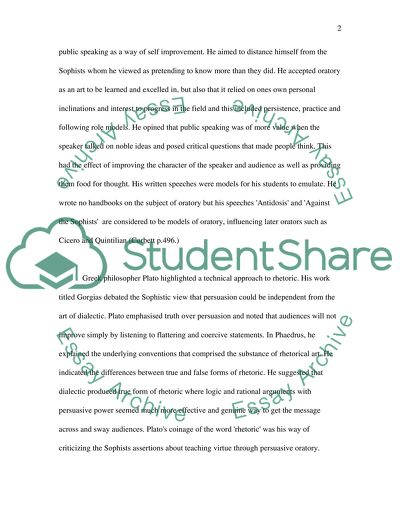Cite this document
(“Classical and Modern Rhetoric Essay Example | Topics and Well Written Essays - 2000 words”, n.d.)
Classical and Modern Rhetoric Essay Example | Topics and Well Written Essays - 2000 words. Retrieved from https://studentshare.org/miscellaneous/1507004-classical-and-modern-rhetoric
Classical and Modern Rhetoric Essay Example | Topics and Well Written Essays - 2000 words. Retrieved from https://studentshare.org/miscellaneous/1507004-classical-and-modern-rhetoric
(Classical and Modern Rhetoric Essay Example | Topics and Well Written Essays - 2000 Words)
Classical and Modern Rhetoric Essay Example | Topics and Well Written Essays - 2000 Words. https://studentshare.org/miscellaneous/1507004-classical-and-modern-rhetoric.
Classical and Modern Rhetoric Essay Example | Topics and Well Written Essays - 2000 Words. https://studentshare.org/miscellaneous/1507004-classical-and-modern-rhetoric.
“Classical and Modern Rhetoric Essay Example | Topics and Well Written Essays - 2000 Words”, n.d. https://studentshare.org/miscellaneous/1507004-classical-and-modern-rhetoric.


